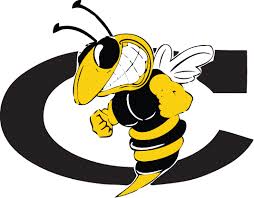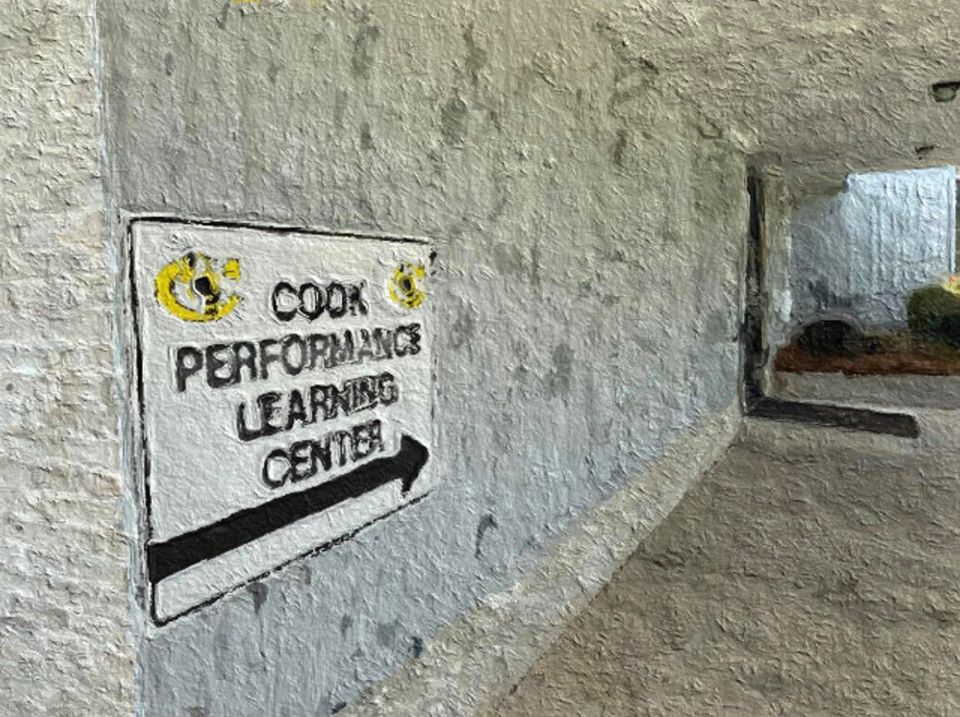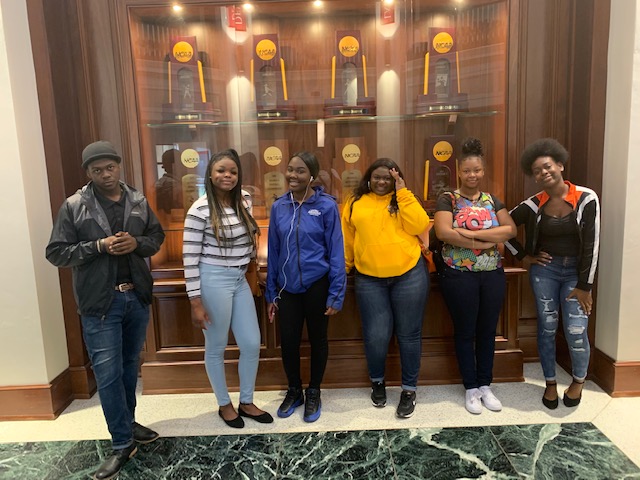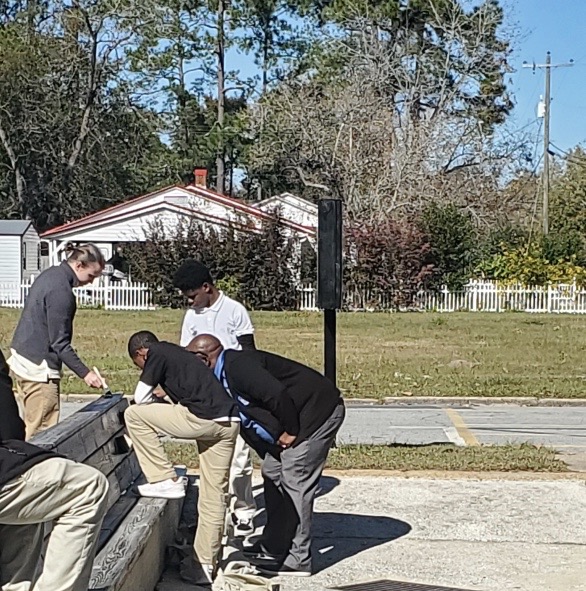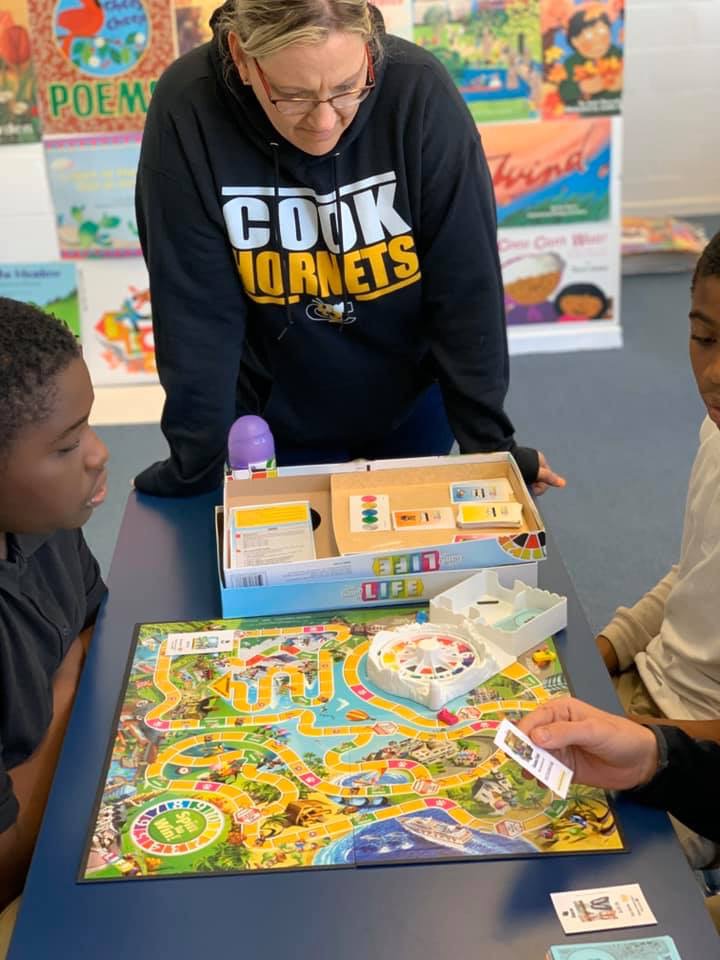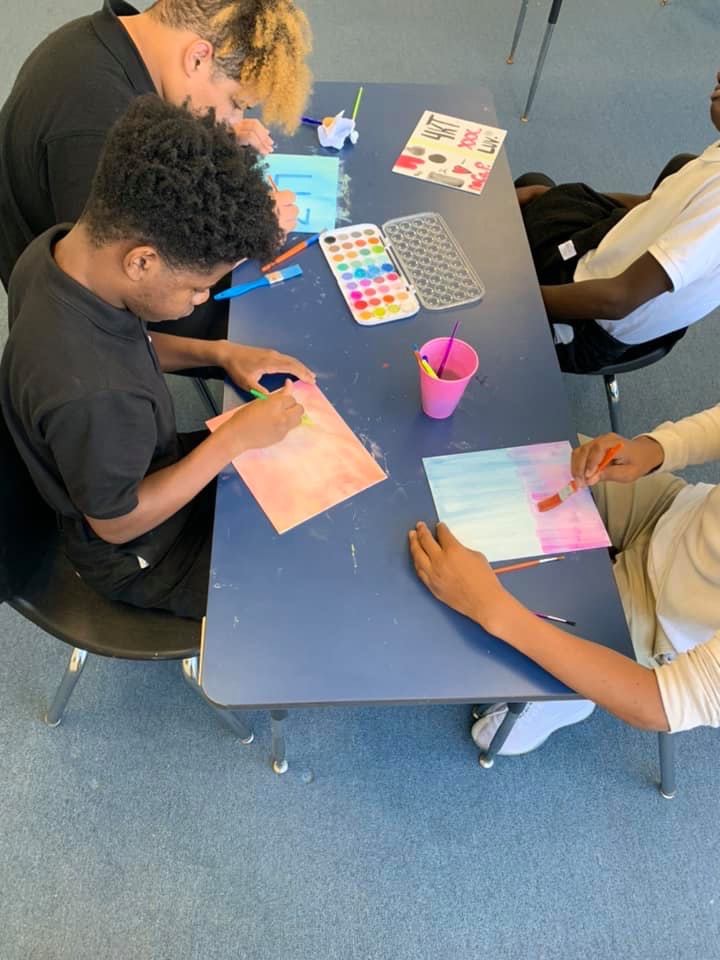COOK PERFORMANCE LEARNING CENTER
Dear Staff, Students, Parents, and Friends:
It is with honor and great pleasure that I greet you as the Administrator of the Cook Performance Learning Center. It is in partnership with Cook High School, Cook Middle School, and Cook Elementary School that we work to ensure all students achieve at the highest level by providing a community of support to students who have not been successful in the traditional classroom setting. We strive to provide trend setting programs that will equip all students to achieve their goals. All of our efforts are guided by our motto "We Can and We Will".
Respectfully,
Dr. Gerald Williams, Jr.

- Students may be placed through parent/administrator request, through the hearing process, or by a waiver, that is recommended by Principal and administered by the Director of Student Services.
- If the student has been placed by waiver due to disciplinary issues, attendance at the Learning Center begins after a three day suspension.
- Students are placed for a minimum of one semester unless they are participating in the Student Assistance Program, have a 45-day alternative placement or their hearing disposition has a different timeline.
- Parent/guardian and student must attend an orientation session for a review of policies and procedures.
- Students may be placed through parent/administrator request, through the hearing process, or by a waiver, that is recommended by Principal and administered by the Director of Student Services.
- If the student has been placed by waiver due to disciplinary issues, attendance at the Learning Center begins after a three day suspension.
- Students are placed for a minimum of one semester unless they are participating in the Student Assistance Program, have a 45-day alternative placement or their hearing disposition has a different timeline.
- Parent/guardian and student must attend an orientation session for a review of policies and procedures.
- The CPLC does requires uniformes for thier students. Students must wear the following
- Black, white, or gold pullover shirt with a collar.
- Black or khaki pants with plain leatherbelt.
- Girls may wear black or khaki skirts.
- No jeans or "Dickies pants with Cargo pockets allowed.
- A white short sleeved T-shirt must be worm as an undergarment.
- No logos allowed on shirt or undershirt.
- Shirts must stay tucked in.
- No jewelry is allowed.
- Pants must be worn above hip bone.
- Jackets with hoods not allowed.
- Pants must not be excessively tight or baggy.
- Keep a positive attitude.
- Ask for help when needed.
- Come to class ready to work.
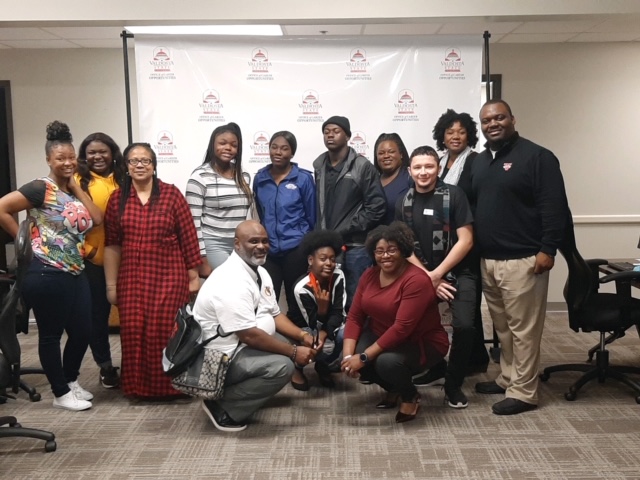
Achievement Program
The Achievement Program provides students who have fell behind for a second chance at success. Often a single course credit can stand between a student and graduation, and the Achievement Program enables the student to earn credits and graduate on time.
The centerpiece of the CPLC credit recovery program is the focus on personalization. An online credit recovery program can be specially designed to engage students who just doesn't perform well in traditional settings or match the unique learning style of a struggling nontraditional learner. Both types of students, for example, can require different types of learning models and approaches to challenge their capabilities. There will also be a focus on career and college preparedness. For more information contact the CPLC.



